Hello! Is there a way to index a chart to start and end at specific points (which may be out of numeric order)?
I have data that begins October 1st, and ends September 31st the following year. The series repeats through multiple years past, and i want to build a daily seasonality chart. The challenge is the X axis is not from low to high, it runs 10-11-12-1-2-3-4-5-6-7-8-9.
Question 1:
Can you order the index by month 10-11-12-1-2-3-4-5-6-7-8-9? while, being compatible with %m-%d formatting, as the real problem is in daily format, but for the sake of brevity, I am only using months.
the result should look something like this...sorry i had to use excel...
Question 2:
Can we remove the connected chart lines, or will the solution to 1, naturally fix question 2? examples in the attempts below.
Question 3:
Can the final formatting of the solution allow to take a moving average, or other mutations of the initial data? The table in attempt #2 would allow to take the average of each month by year. Since July 17 is 6 and July 18 is 12, we would plot a 9 in the chart, ect for the entire plot.
Question 4:
Is there and XTS equivalent to solve this problem?
THANK YOU, THANK YOU, THANK YOU!
library(ggplot2)
library(plotly)
library(tidyr)
library(reshape2)
Date <- seq(as.Date("2016-10-1"), as.Date("2018-09-01"), by="month")
values <- c(2,3,4,3,4,5,6,4,5,6,7,8,9,10,8,9,10,11,12,13,11,12,13,14)
YearEnd <-c(2017,2017,2017,2017,2017,2017,2017,2017,2017,2017,2017,2017,
2018,2018,2018,2018,2018,2018,2018,2018,2018,2018,2018,2018)
df <- data.frame(Date,values,YearEnd)
## PLOT THE TIMESERIES
plot_ly(df, x = ~Date, y = ~values, type = "scatter", mode = "lines")
## PLOT THE DATA BY MONTH: attempt 1
df$Month <- format(df$Date, format="%m")
df2 <- df %>%
select(values, Month, YearEnd)
plot_ly(df2, x = ~Month, y = ~values, type = "scatter", mode = "lines",
connectgaps = FALSE)
## Plot starts on the 10th month, which is good, but the index is
## in standard order, not 10-11-12-1-2-3-4-5-6-7-8-9
## It also still connects the gaps, bad.
## CREATE A PIVOTTABLE: attempt 2
table <- spread(df2,YearEnd, values)
df3 <- melt(table , id.vars = 'Month', variable.name = 'series')
plot_ly(df3, x = ~Month, y = ~values, type = "scatter", mode = "lines",
connectgaps = FALSE)
## now the data are in the right order, but the index is still wrong
## I also do not understand how plotly is ordering it correctly, as 2
## is not the starting point in January.







